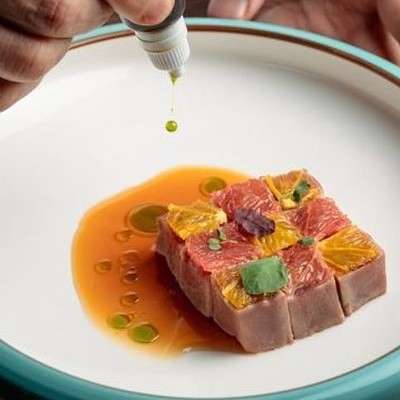By 2010, as European wine was flowing irreversibly into coastal and middle America markets, Californian wine expert and retailer Darrell Corti (in)famously declared that he would no longer carry wines that exceeded an alcohol content of 14 percent. To people like me, it was a welcomed battle cry. His unequivocal stand against the "fruit bomb" hegemony of the time lined up seamlessly with dogma that we had blindly and unwisely embraced: California wine was overly oaky, jammy and excessively concentrated; the extended "hang-time" alcohol content was so jacked up that the wines could never be food-friendly; and the wines were — across the board — prohibitively expensive.
In my mind (and in the minds of many), low-alcohol/high-acidity wines from Europe were the answer and the antidote. We could afford them, they paired well with the now dominant Eurocentric food culture, and they made us feel like we were sticking it to the patrician culture that created and propagated the California wine model.
Over the many years I've written for the Houston Press, I regret that I have disparaged California wine on countless occasions. And with this post, I'm writing to say — openly and without reservation — that I was wrong.
In late 2016, I was approached by the editor-in-chief of Italy's Slow Wine Guide who asked me to be the coordinating editor of a new guide to the wines of California. At the time, I was in Italy teaching wine writing at the Slow Food university in Piedmont, Italy (the University of Gastronomic Sciences, which is part of Carlo Petrini's Slow Food movement). My first response was "you've got the wrong guy" and I tried to point the editor to someone who might be able to help him. But after much cajoling and coaxing, I reluctantly agreed to consider the project.
"We'll be lucky if we find even 20 wineries that align with the Slow Food movement," I told him.
But as I looked more closely at the California wine industry and the more wine I tasted, I realized that, in fact, organic and sustainable farming practices have become the norm among the current generation of California grape growers; that balance and elegance have trumped boldness and power in the new wave of California wines; that there are scores and scores of affordable labels; and that an unwavering desire to make wines that express place and "terroir" has taken root in the new California viticulture (and by viticulture, I mean agriculture and wine culture from grower to end user).
Ultimately, I reached out to my friend Elaine Brown to be the senior editor of the guide. Over the last seven years, she has emerged as the world's leading expert on the new wave of California wine. And I'm not referring to the new generation of celebrity sommeliers now working as négociant bottlers. I'm talking about the new field of growers and winemakers, many of them with roots that stretch back more than a generation in California wine country. Elaine is now a California contributor to Master of Wine Jancis Robinson's online magazine and her byline regularly appears in The World of Fine Wine, the world's most respected wine journal, just one of the many print media outlets that happily publishes her work.
In early October, just as I began making the final edits to the guide, the Tubbs wildfire broke out in Northern California.

The Tubbs fire is being called the most destructive wildfire in California history.
Photo by Joanne Farrell.
Elaine lives with her daughter in the heart of Northern California wine country, in Sonoma proper, and they were among those forced to flee in the face of the deadly and devastating wildfires. Their house is still standing and they will ultimately be able to return home.
Last week, Elaine published a heartbreaking and gut-wrenching post on her blog, "After the Fires," in which she reflects on the ineffable, visceral emotion that pulsed through her as she prepared to return to her family's home. It's something that Houstonians can relate to. I highly recommend it to you.
In her piece, she asks us to "please help the North Coast rebuild in whatever ways you can. Keep buying California wine, especially from Napa, Sonoma, Mendocino, or Lake County, all of which were impacted by these fires. If you ever travel through the region, please consider buying gift certificates for your favorite locally owned businesses so they can get the funds now, and you can enjoy them when you next visit."
She also offers her recommendations for where to donate to relief efforts. And here's another post on where to donate by leading California wine blogger Alder Yarrow.
I hope you'll join me tonight and in months to come as I pull the cork on a bottle of Northern California wine and remember our sisters and brothers who are rebuilding their lives in the aftermath of the wildfires. California wine needs me and you now more than ever before.








